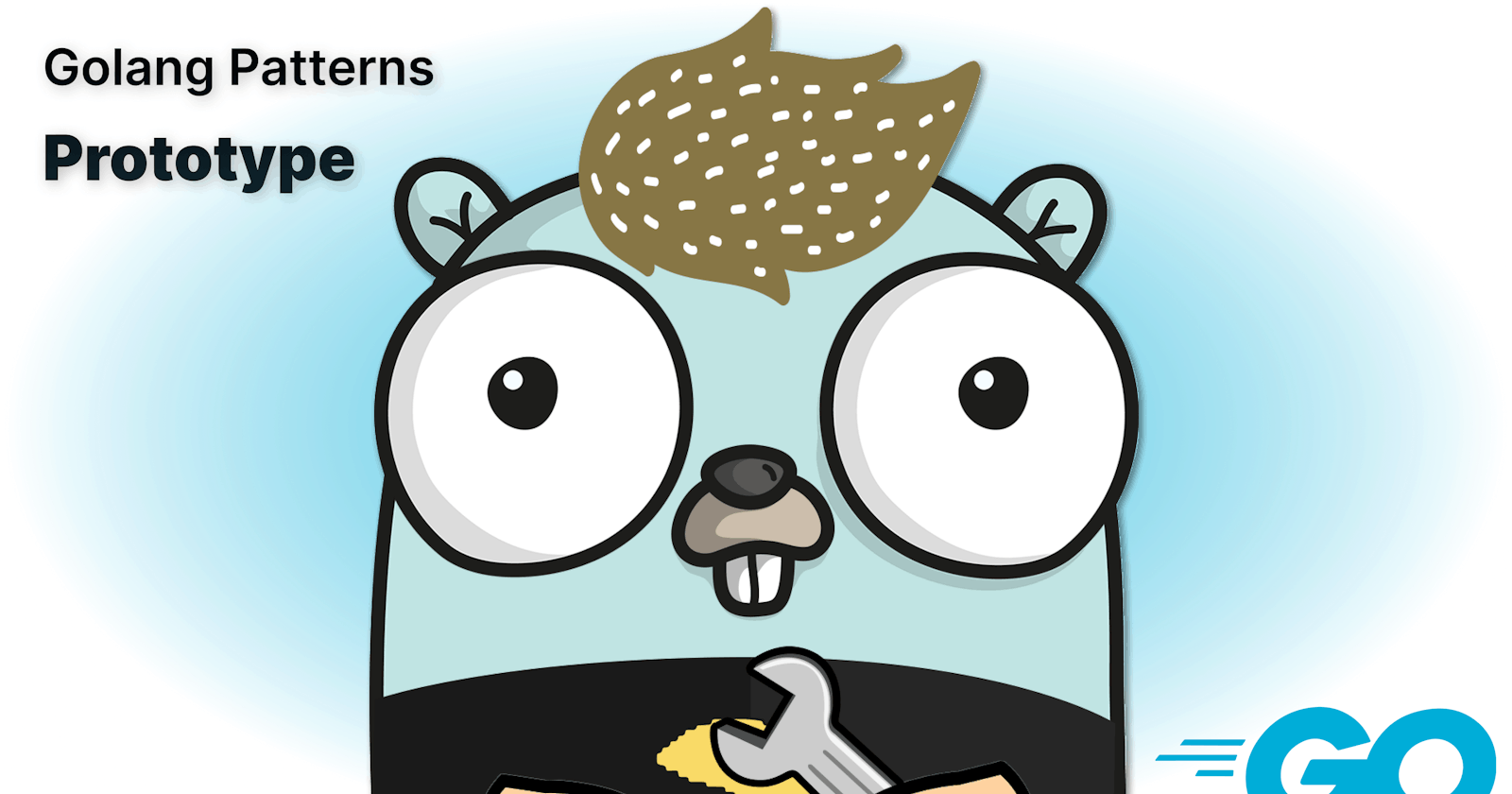Table of contents
The Prototype pattern is a creational pattern that allows objects to be created from existing objects of the same class. This pattern is useful when creating objects is expensive or time-consuming, and you want to avoid unnecessary duplication of objects.
To implement the Prototype pattern in Golang, you can define an interface that includes a method to clone the object. Then, you can define a struct that implements this interface and provides a clone method that returns a copy of itself.
Example
Here's an example implementation of the Prototype pattern in Golang:
package main
import "fmt"
type Cloneable interface {
Clone() Cloneable
}
type Person struct {
Name string
Age int
}
func (p *Person) Clone() Cloneable {
return &Person{
Name: p.Name,
Age: p.Age,
}
}
func main() {
person1 := &Person{Name: "Alice", Age: 30}
person2 := person1.Clone().(*Person)
fmt.Println(person1)
fmt.Println(person2)
}
In this example, we define a Cloneable interface that includes a Clone method. Then, we define a Person struct that implements this interface and provides a Clone method that returns a copy of itself.
In the main function, we create a person1 object and then use the Clone method to create a copy of it (person2). We can then print both objects to confirm that person2 is a copy of person1.
Conclusion
Overall, the Prototype pattern can be a useful tool for creating objects in a more efficient and flexible way. By leveraging existing objects, you can avoid unnecessary duplication and improve the performance of your application.
References
- “Design Patterns: Elements of Reusable Object-Oriented Software” by Erich Gamma, John Vlissides, Ralph Johnson, and Richard Helm

